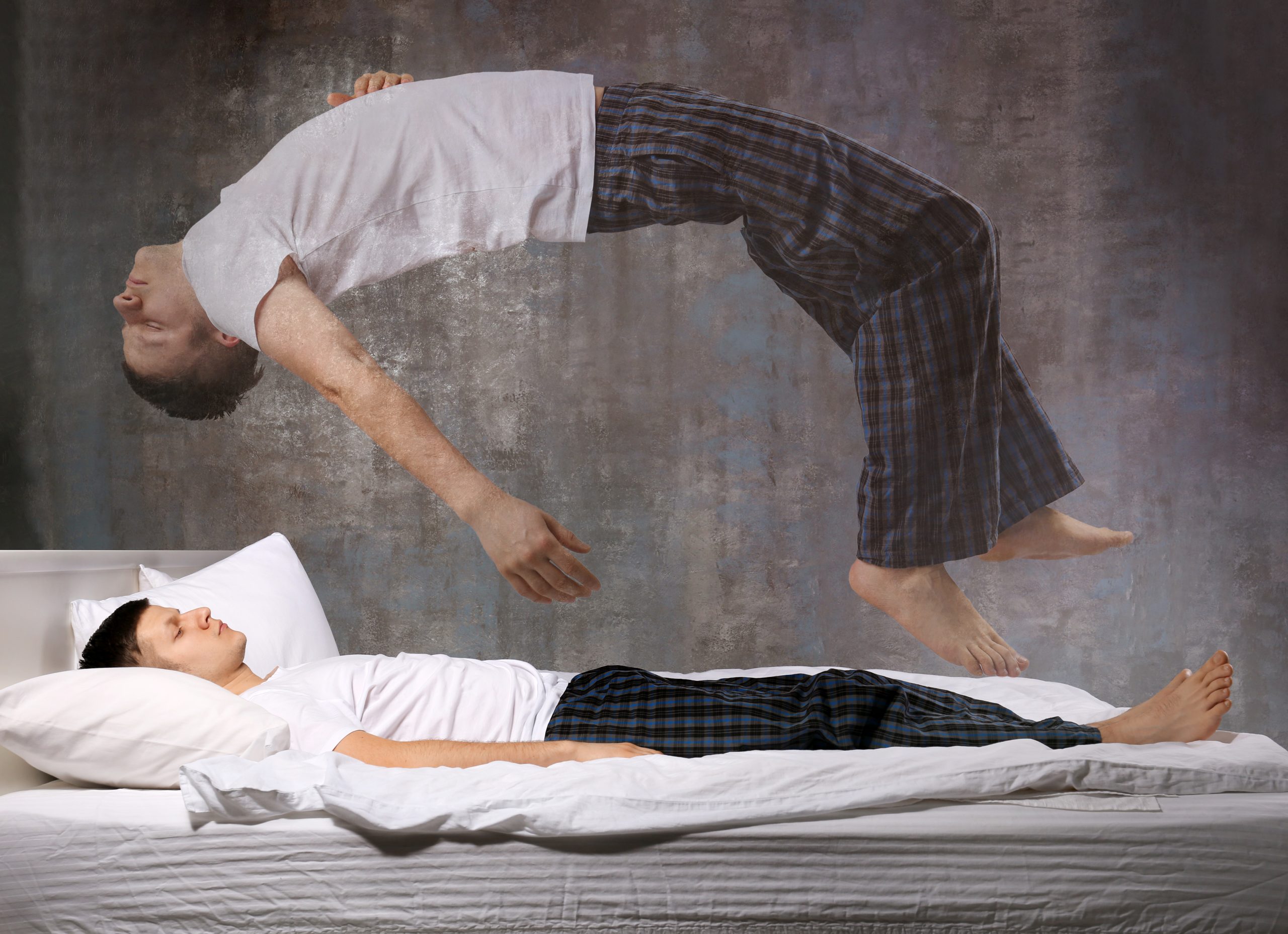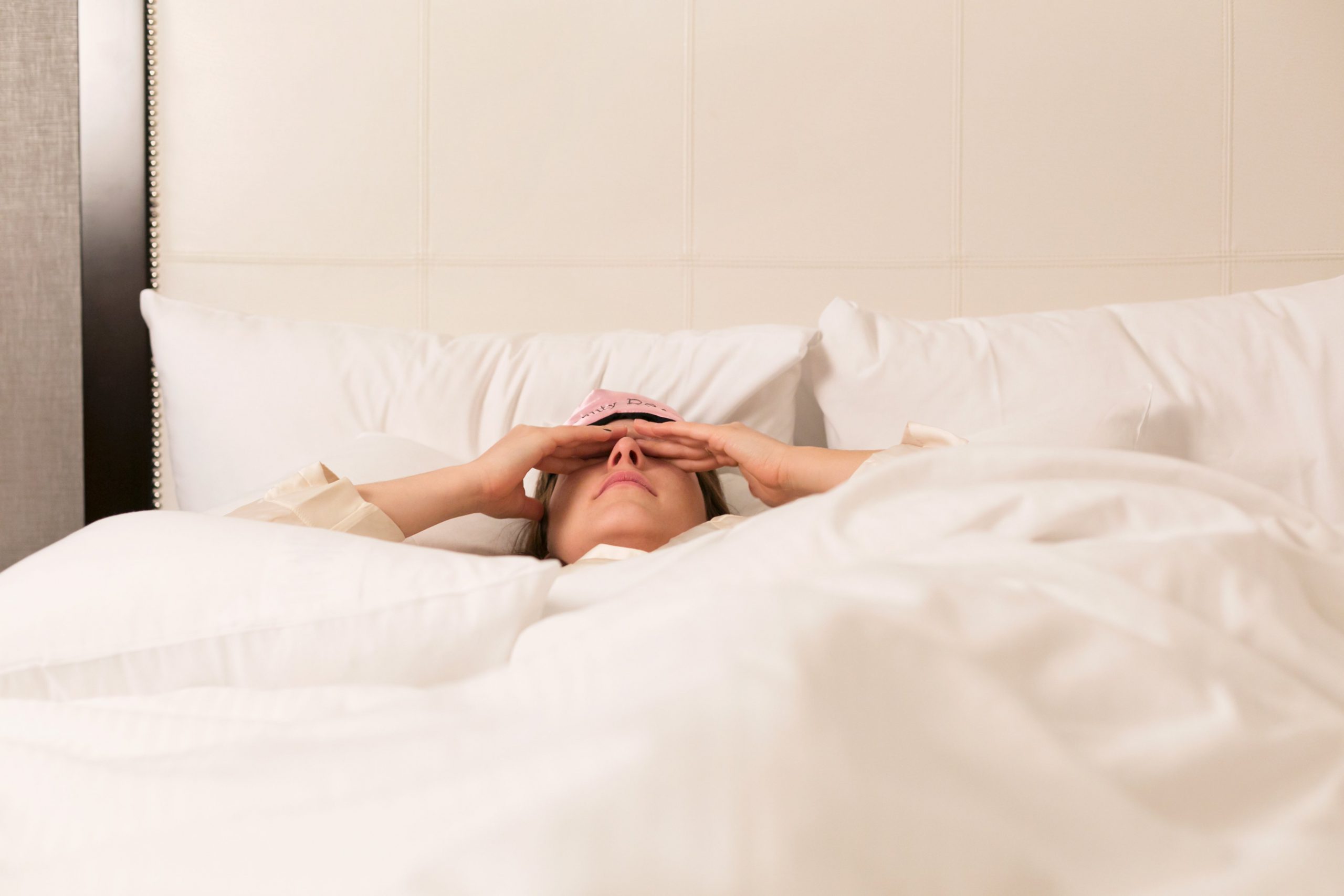Founded in 2020, the Sleep Institute at Reykjavík University is a research center focused on exploring sleep and circadian rhythms. The institute brings together experts from various fields, including engineering, psychology, sports science, and computer science, encouraging collaboration across disciplines. It also partners with professionals from the education and healthcare sectors to support innovative research. With accessible facilities, the Sleep Institute provides a valuable space for those working on sleep-related studies, fostering new discoveries in the science of sleep.

Information about coffee
Caffeine Caffeine is a stimulant that can be found naturally in plants we use to make coffee, tea, and chocolate. Even though many people believe[…]

Sleep paralysis
Sleep paralysis is a sleep disorder resulting in the inability to move the body, before or after you wake up, despite being awake and conscious.[…]

Prodcast: Feel better, Live More
Video: What happens to your body and brain if you do not get sleep. In the radio show Feel Better, Live More, Dr. Chatterjee with[…]

Video: What happens to your body and brain if you don’t get sleep
What Happens To Your Body And Brain If You Don’t Get Sleep? Sufficient sleep is essential for healthy brain and body function. In this video, sleep expert[…]

Video: Effects of caffeinated beverages on youth sleep
Energy drinks and sleep Caffeinated soft drinks are very popular with young people today. Studies have shown that caffeine has a detrimental effect on sleep, but[…]

Video: Good advice for sleep problems for children and teenagers
Tips for helping children and adolescents with sleep problems Sleep is especially important for children and adolescents, but research has shown that a large proportion[…]
Lecture: Children and adolescents on a reversal – Erna Sif Arnardóttir and Ingibjörg Gunnarsdóttir
Children and adolescents on a reversal – the importance of nutrition and sleep for young Icelanders. Erna Sif Arnardóttir, PhD at the University of Iceland[…]

Jet lag
Jet lag occurs when we travel between time zones, disrupting our circadian rhythm. The primary symptoms include fatigue, difficulty concentrating, stomach problems, mild sickness, and[…]

Sleep walking
Sleepwalking is a sleep disorder, causing you to arise and perform various, everyday actions, while you are still asleep. During sleepwalking, the eyes are usually[…]

REM Sleep Behavior Disorder (RBD)
REM sleep behavior disorder (RBD) is a sleep disorder that causes you to act out your dreams while sleeping. REM-sleep (rapid eye movement sleep) is[…]
